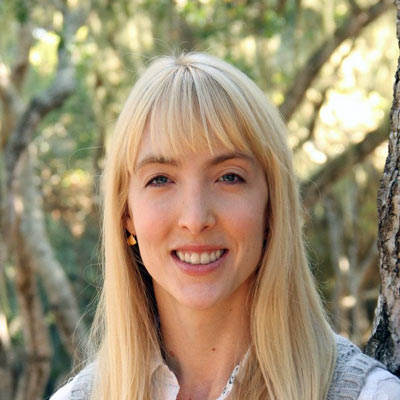
#SIX DEGREES OF SEPARATION SPARKNOTES CODE#
In 2005, Samy Kamkar wrote a small piece of code for his myspace account.

These experiments suggested that humans are connected to each other through a network, connected to each other by the shortest path. The small world experiment comprised experiments conducted by Stanley Milgram, examining the average path length for social networks of people in the United States. Soon several “small world” projects were conducted. This theory captivated millions of mathematicians, sociologists, and physicists and also laid the founding stone of the first online social network. In one of his stories titled Chains, he said that with growing communication and travel, the friendship network would grow irrespective of the distance between two humans.Īnd with a growing social network, the social distance would shrink immensely.Īll the people on the planet could be connected to one another by 5 or fewer people. In 1929, Hungarian author Frigyes Karinthy published a volume of short stories named Everything is Different. The math says that in 6 steps you would be connected with 50 6, or 15.62 billion people. Going by the numbers, the idea looks pretty plausible.Īssume that you know 50 people or have 50 friends and these 50 friends of yours know 50 others who are not your friends, and so on. In a world of 7 billion people, it seems hard to believe that the Six Degrees of Separation theory contends that we are all connected to each other by six or fewer acquaintances.įor example, there are, at most, six people standing between you and Tom Cruise or President Obama (or Trump if you lean that way). Wilson’s schizophrenic sister, her few scenes blaze with an emotional intensity at which the film otherwise only hints.Do you know was the first social network site which allowed the user to create a profile and connect? Still, the real standout performance belongs to the remarkable Marsha Stephanie Blake, who is currently an Emmy-nominee for When They See Us. As Ms. On the other hand, the mercurial Harrison, playing Luce as if he were an unreadable chess grandmaster, is excellent. (It’s also a little odd that the actors appear so ill at ease despite the fact that both of their characters are shown swilling wine by the fistful.) The talented cast, which includes Naomi Watts and Tim Roth as Luce’s parents, struggle to make sense of their characters’ unlikely responses to the situation, as well as the stiltedness of many of the lines they are asked to speak. Similarly, driving home the film’s theme of tokenism, the school’s principal, played by two-time Tony winner Norbert Leo Butz, refers to Luce as a “thoroughbred” and says things like, “If you googled the words ‘model student,’ Luce’s picture would come up.” It’s all a bit too on point. Wilson wonders if they might be a sign that the track and debate team super-star may be someone else entirely. While he claims they belong to someone else, Ms.

Wilson uses Luce’s incomplete channeling of Fanon as an excuse to search his locker there she finds a bag of fireworks.

Rather than discuss her concerns about the paper with him or his parents and find out how its ideas might have been informed by Luce’s complicated and singular past- an opportunity most teachers at a well-heeled high school would have relished-Ms. Wilson (Octavia Spencer) tasks him to write an essay in the voice of a historical figure, Luce chooses the Martinique-based political philosopher, apparently focusing on Fanon’s belief that decolonization was by nature a violent process and seemingly ignoring his call for a national culture among oppressed Africans.

When his Government and History teacher Ms. The central tension of the film comes, from all things, Luce’s rather shallow interpretation of the Marxist humanist Frantz Fanon. Instead, its starch-stiff script forces the characters to communicate obtusely and act illogically so it can tease out these vagaries, veiling in a shroud of overly-contrived mystery matters that could have been dealt with directly. What it does less well is tell an engrossing story on which to mount its various considerations of privilege, identity and the ways in which we internalize racism, consciously or unconsciously.


 0 kommentar(er)
0 kommentar(er)
